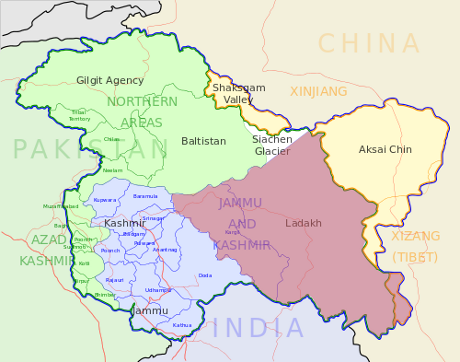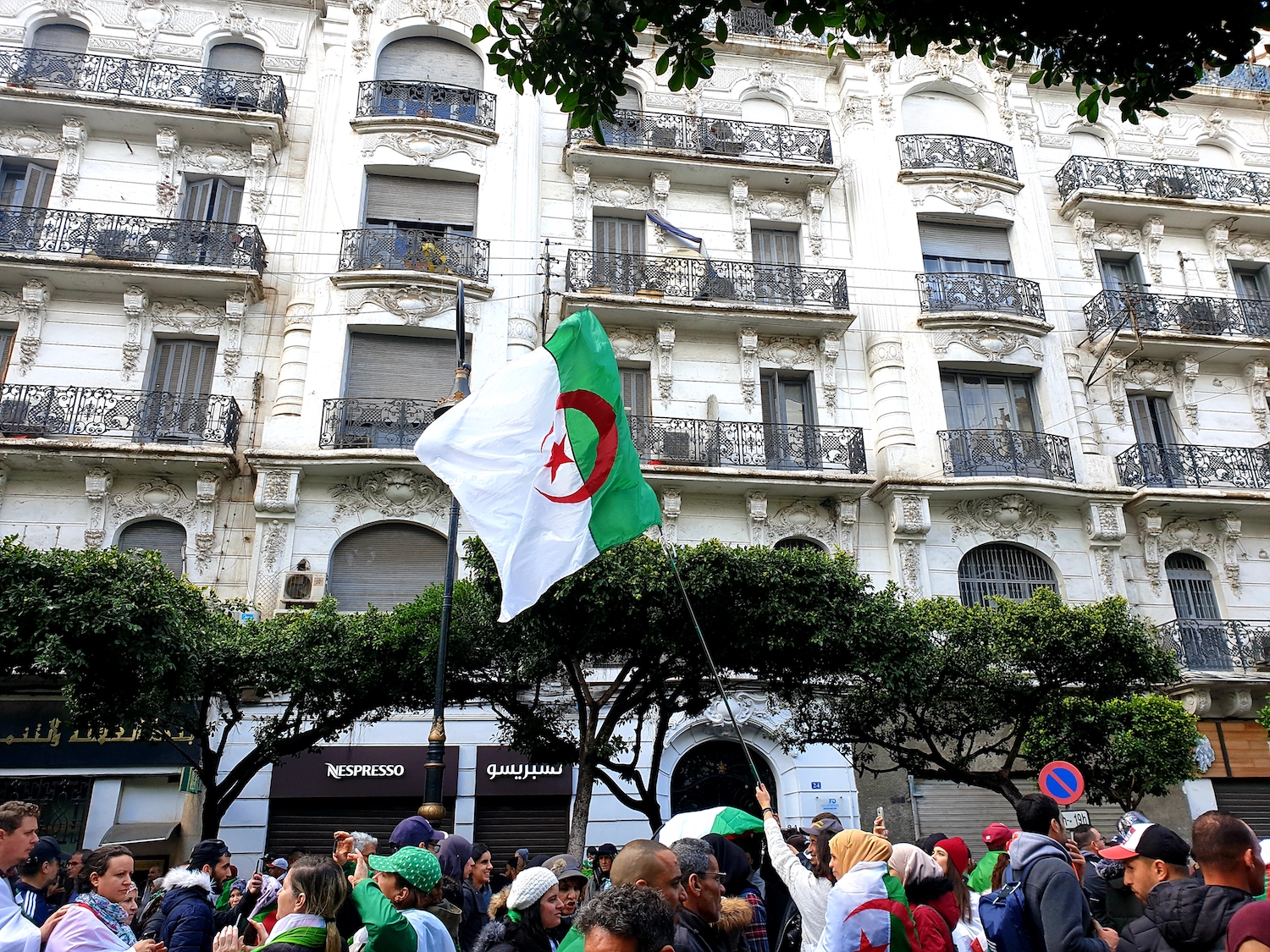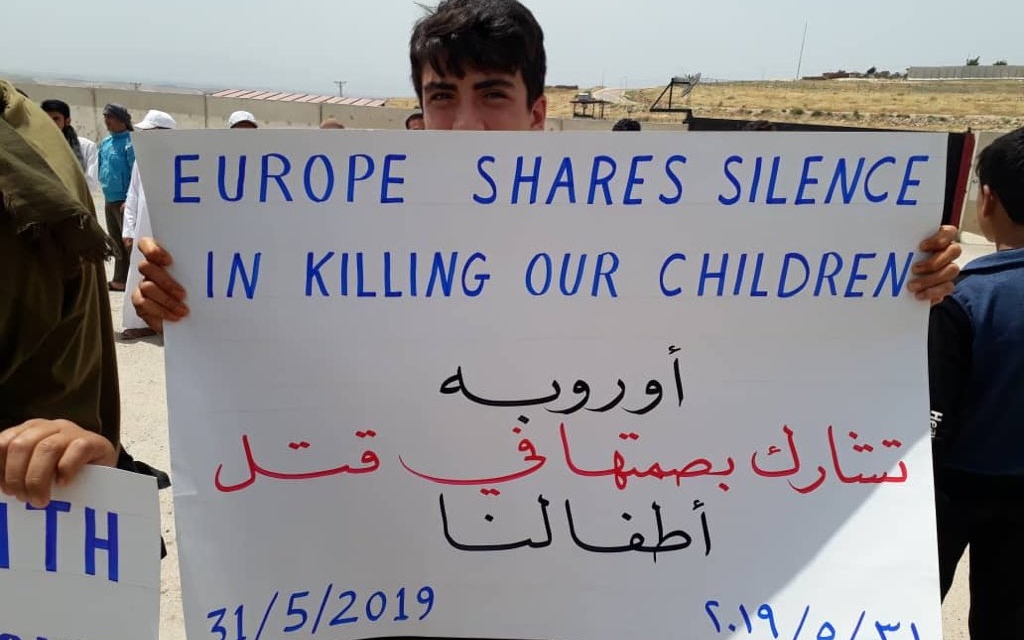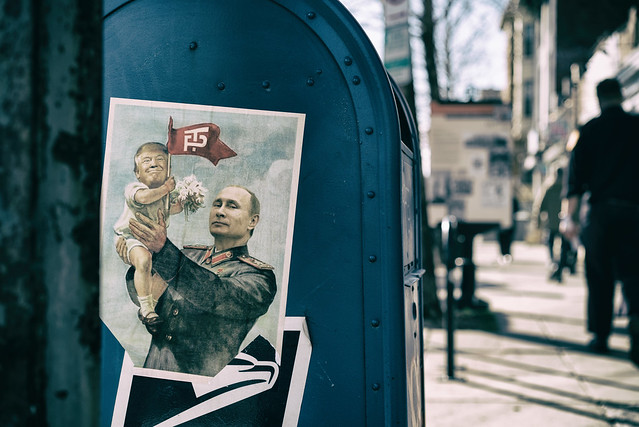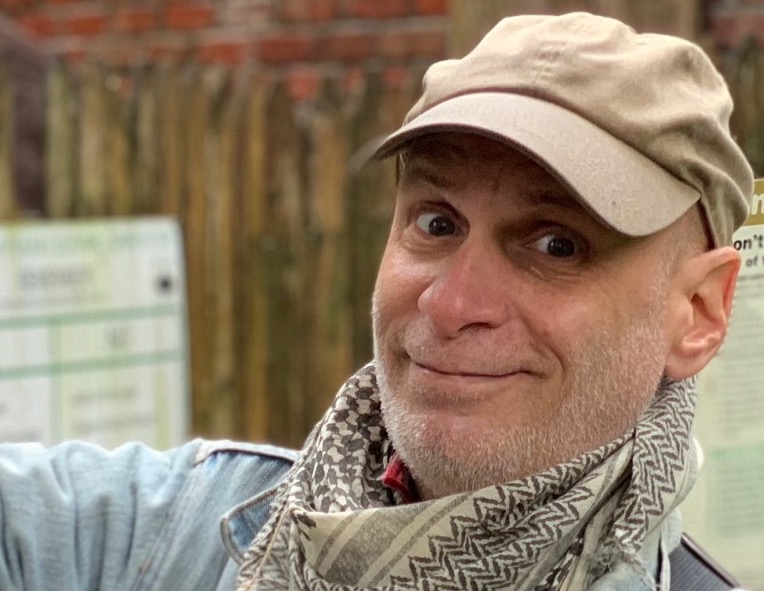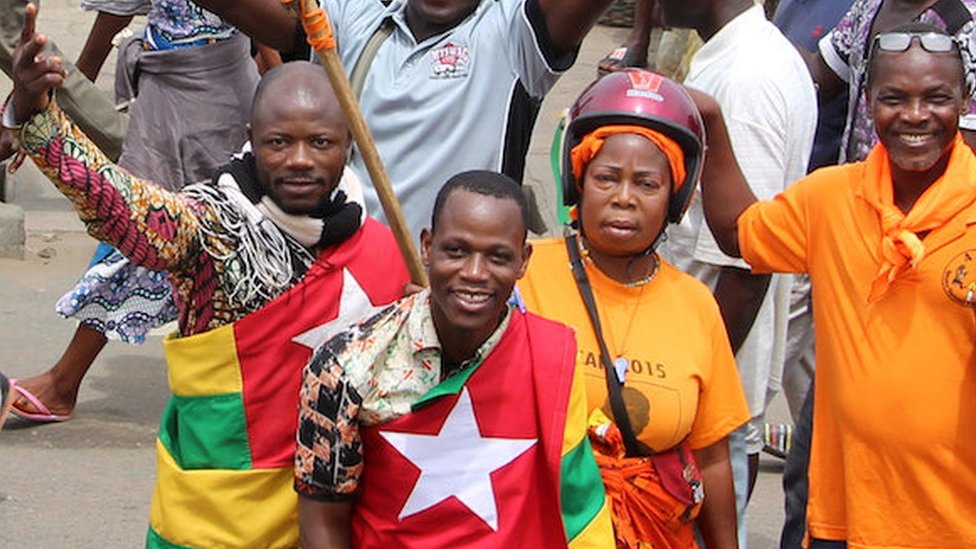
by Regina Asinde, Waging Nonviolence
Hundreds of thousands took to the streets of cities across the West African country of Togo on Dec. 8, as part of a recently revived wave of nationwide protests demanding political reforms. At the center of their demands is the reinstatement of the 1992 constitution, which included a two-term limit on the presidency before being stripped away by former president Eyadéma Gnassingbé, father of current president Faure Gnassingbé.
Mass protests first erupted in August 2017, forcing the government into internationally-moderated negotiations, which—in an attempt to resolve the decades-long political crisis—led to the reinstatement of the two-term limit. However, outrage was soon reignited when it was discovered that past presidential terms would not apply, thereby allowing Faure Gnassingbé—already in his third term—to run for president in 2020 as if it were his first time. Negotiations broke down soon after that, leading to the revival of protests in November.
"Nobody is willing to take that in Togo," said Togolese Civil League executive director Farida Nabourema. "After 51 years of the Gnassingbé, asking us to give them an additional 10 years, starting 2020, is basically asking us to commit suicide. It's something we cannot let happen, and it’s the reason we are back on the streets."
After first allowing protests in pre-approved zones, the government outright banned large demonstrations before the Dec. 8 mobilization. When upwards of 500,000 people turned out in Lomé, the capital city, the regime deployed heavy military force, wounding dozens of civilians and killing at least three—including an 11-year-old boy.
Continue ReadingTOGO PROTESTS CHALLENGE DICTATORSHIP
